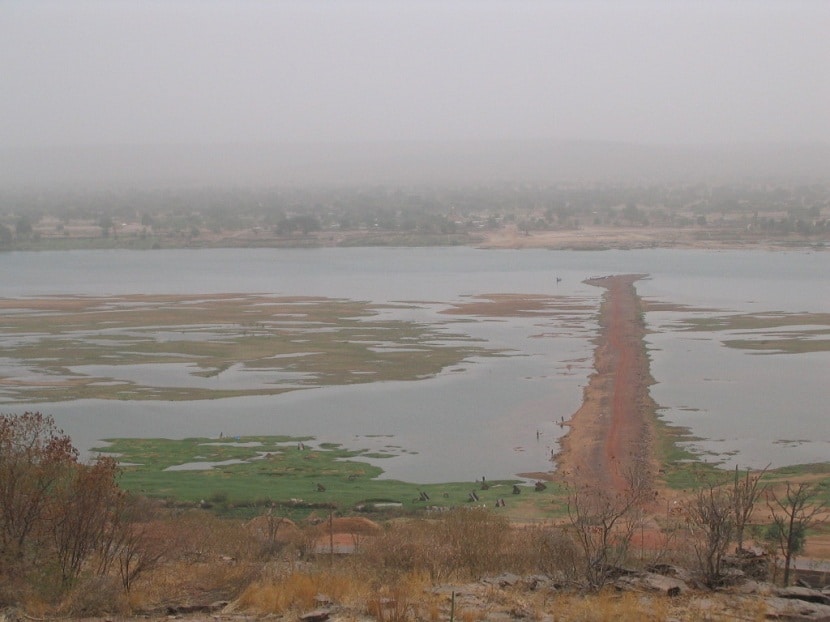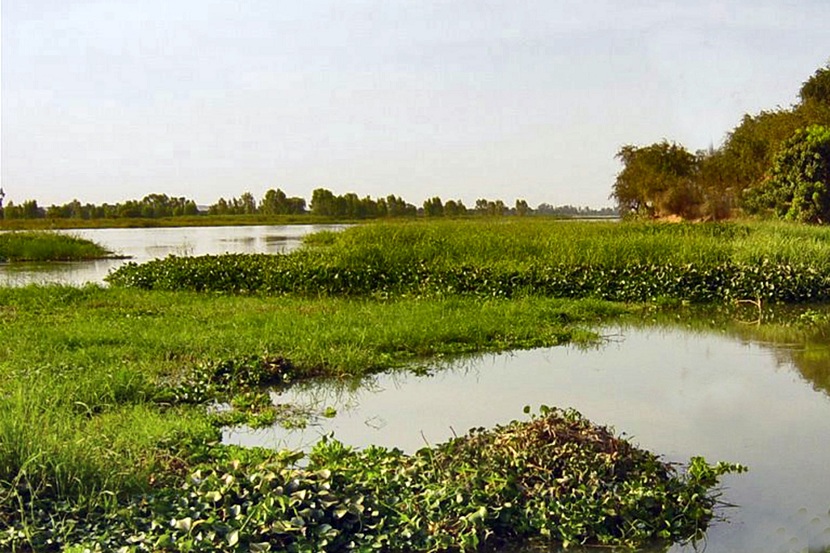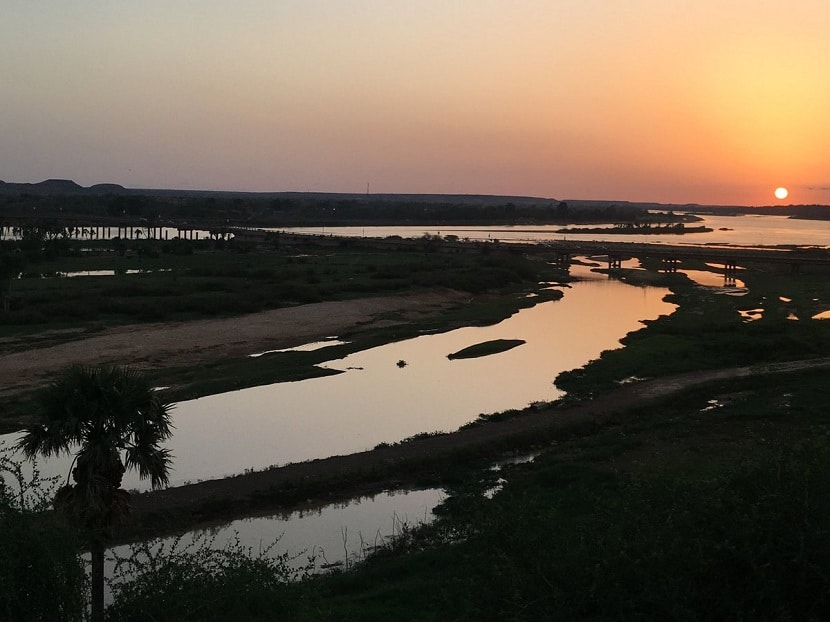
Today we are going to talk about the main river in West Africa. Its about niger river. It is 4.200 kilometers long and is the third longest river on the African continent, after the Nile River and the Congo River. The word Niger is named by the Greeks, or so it is thought, since throughout history this river has been known by different names.
In this article we are going to tell you all the secrets, characteristics, flora and fauna of the Niger River.
Niger river location

This river is located in Guinea and is next to the Fouta Djallon highlands. During the first 160 kilometers of route it has a flow to the north. Further on, it follows a northwesterly direction and is the part of the course where the most upper tributaries receive. These tributaries are the Mafou, the Niandan, the Milo and the Sankarani rivers on the right and the Tinkisso on the left, and it enters Mali.
There is a valley formed by tectonic subsidence that is divided into two faster sections that are submerged by waters that are backed by the Markala Dam and is located about 240 kilometers above the Sotuba Dam near Sansanding. Throughout this stretch, the Niger River takes a more east-northeast direction. In this area, its bed is quite free of impediments so it allows better sedimentation. This entire section is 1600 kilometers long.
Key features
Of all the tributaries that the Niger River has, the largest on the right is the Mopti. Later, some small lakes, streams, and stagnant waters enter a region which are called the internal delta of the Niger. These lakes are located in the part of the left bank and are connected to the Niger River through some channels that can experience some changes in the direction of the flow depending on the season where we are.
In the higher parts of the river the lakes partly becomes a flood in general. It is a river whose economic contribution is quite important. Along the estuary that we have discussed, there is great fishing activity during the dry season. This means that the fishing has to stop being in deep and coastal waters since there is less water.
River fishing in this river is one of the main jobs in some towns such as the Bozo and Somono in the lake region, the Sorko in the middle Niger, the Kede and the Kakanda between Jebba and Lokoja, and the Wurbo and the Jukun in the Benue. One of the main problems that has shattered already severely disturbed Niger River fisheries is the discovery of oil exploitation in the delta region. All that has been the exploitation of natural resources, including fossil fuels, causes various impacts on the flora, fauna and soils of the river area, in addition to deteriorating the quality of the waters.
Flora and fauna of the Niger river

Throughout its entire course, we can find various areas of vegetation in West Africa. There is an area where the Niger rises quite a bit because it passes through the Fouta Djallon plateau. This area of the plateau is covered by a type of sedge vegetation that has several tufts of wire interspersed with bare rock surfaces. In this area the vegetation is quite dense.
The rest of the river flows through a savanna past meadows that have short and rather discontinuous grass. Sometimes you can see some thorny bushes and acacia wood. In the southern part of the Niger River we have an area of grasslands and tall grass that is interspersed with the fairly dense wooded vegetation. This is formed thanks to the fact that all the nutrients that it carries to the river and that it is transporting throughout its course, reach the southernmost area. This sedimentation favors the growth of vegetation apart from the river entering the rainforest belt where there is a greater number of precipitations.
Many species of fish can be found in the Niger River and in all its tributaries. The main species that serve as food for the populations are the carp, the dancing fish and the Nile perch. We can also find other types of fauna along the river, among which we have hippos, you must different types of crocodiles and a great variety of lizards.
With regard to the birdlife we also have quite a lot of wealth in which the geese stand out in the lake regions and the herons and storks along the river and around the lakes. It is worth highlighting the striking crown that is usually seen where there are more open lands in grassland areas. As for the pelicans and flamingos, they can be seen associated with the upper area of Benue. There are other species of birds more associated with the riverbank areas, including white-headed plovers, sandpipers, crocodile birds, red-green foxes and curlews.
Formation and threats

The Niger River Basin had its origin from the union of a failed triple union of tectonic plates. That is, after tectonic plates they tried to join but could not due to the separation between the South American and African plates. It happened in the late Jurassic and mid-Cretaceous. It is then that various fractures occurred in the terrain and the sediment layers were deposited to form the Niger River bed.
Among the threats we have to the flora and fauna and ecosystems of this river we have an increase in the human population and the unsustainable use of natural resources. This leads to water pollution and the reduction of animal and plant species. If we also count deforestation and cultivation on increasingly poorer soils, desertification is fostered, further reducing the quality of these ecosystems.
I hope that with this information you can learn more about the Niger River.